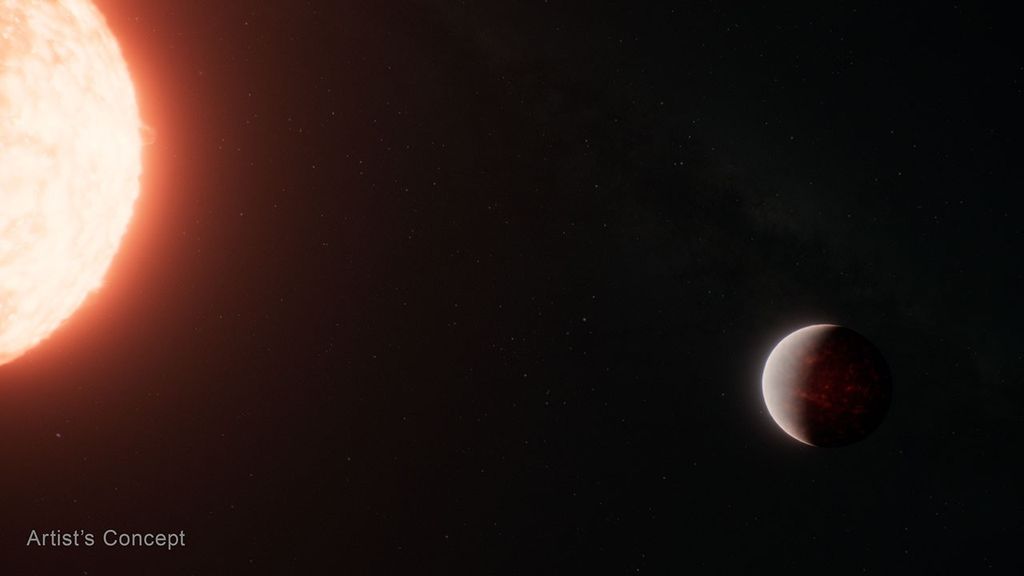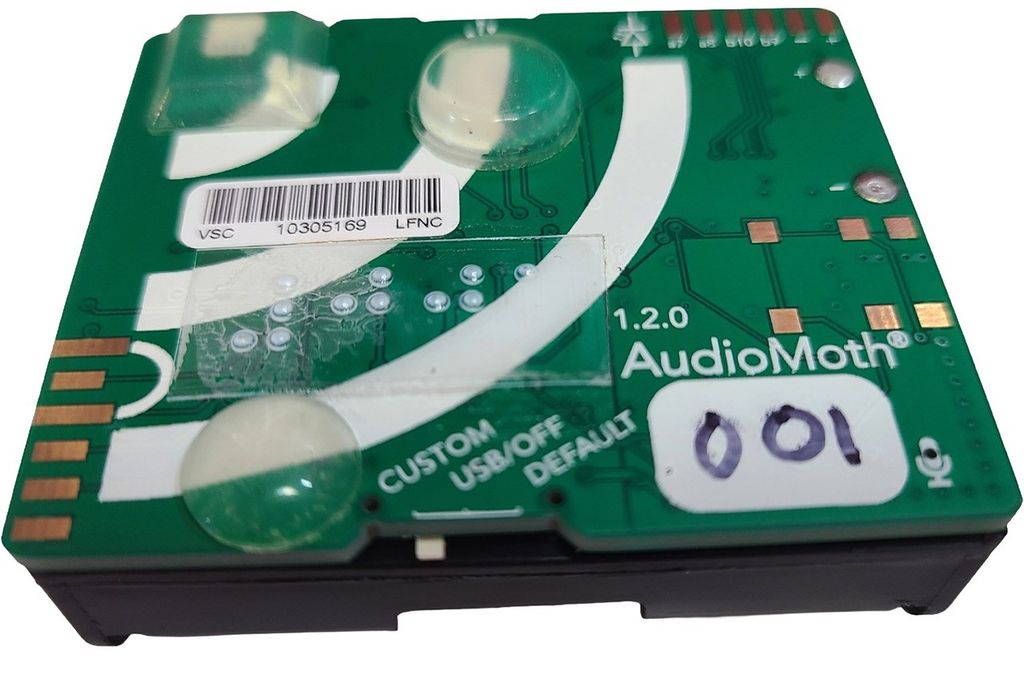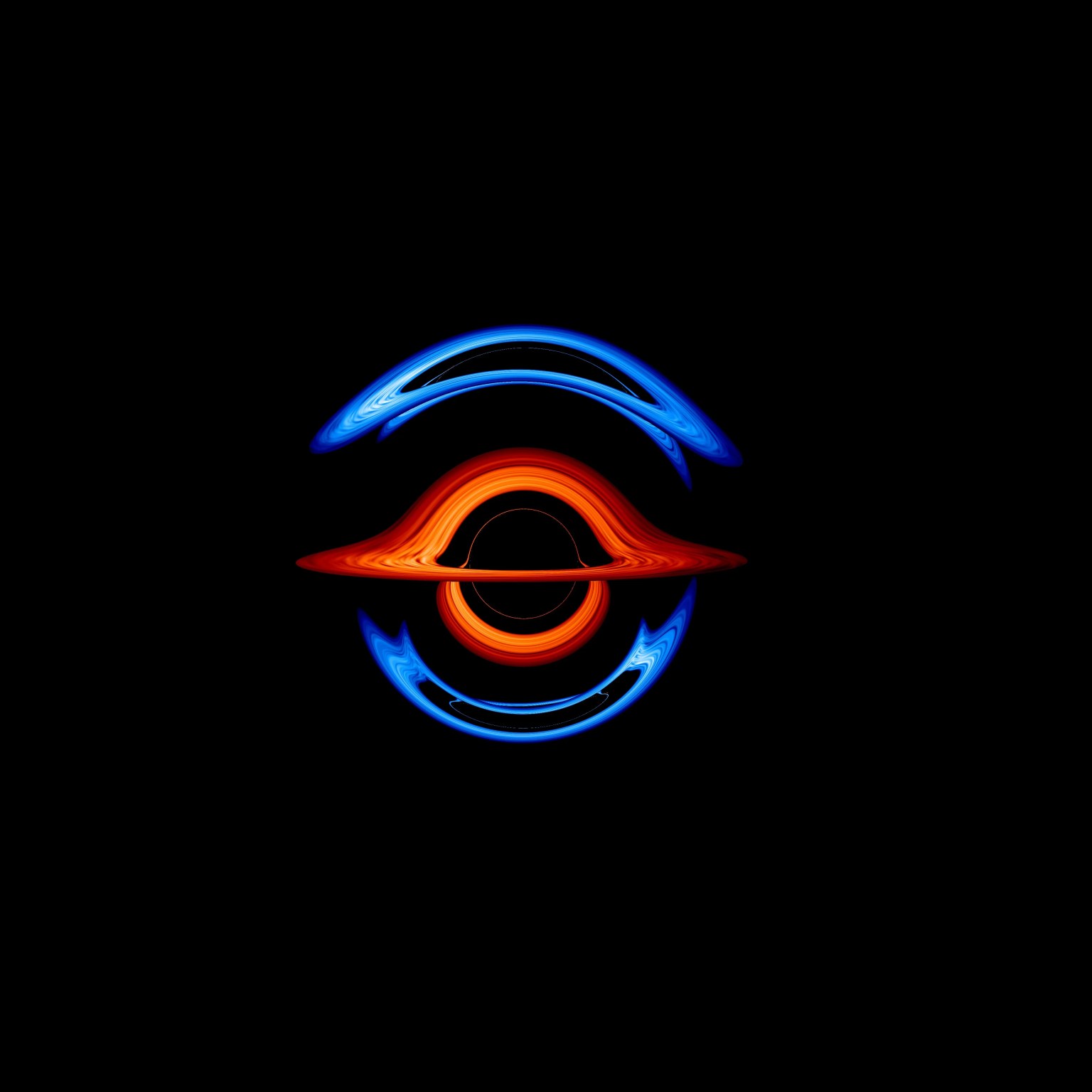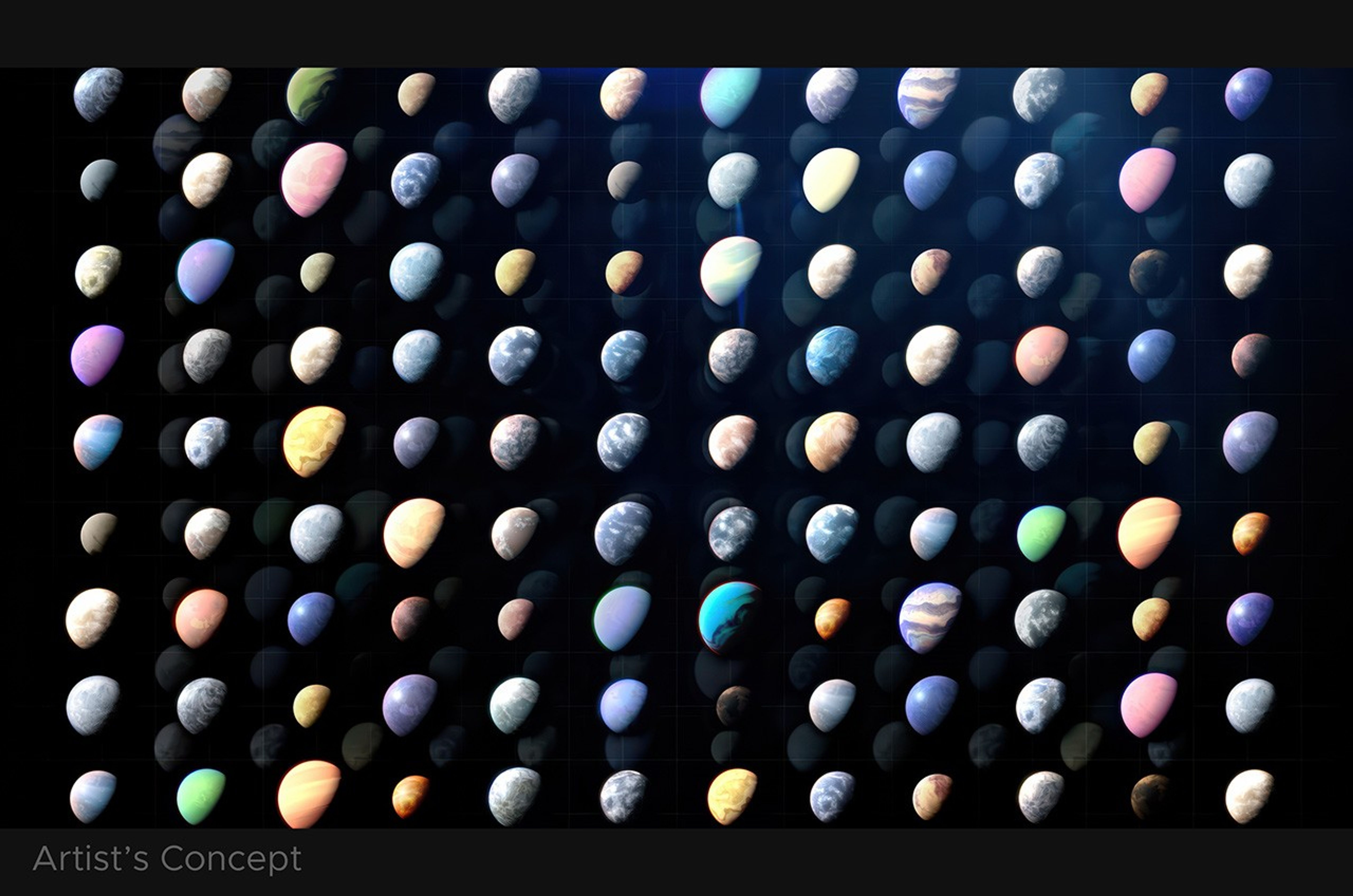Current
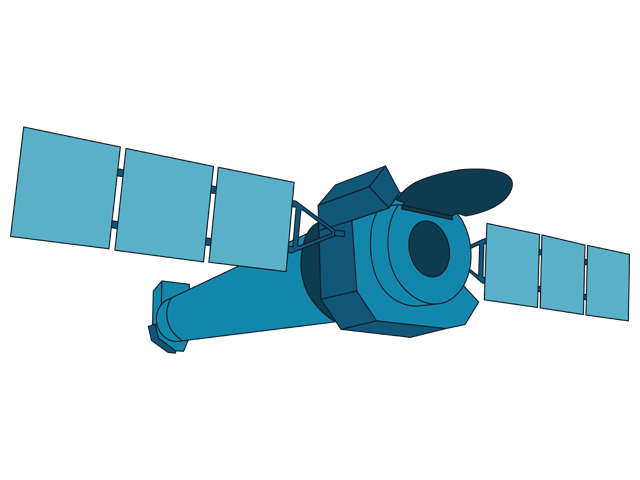
Chandra X-ray Observatory
NASA’s Chandra is one of NASA's Great Observatories and the most powerful X-ray telescope, with eight times the resolution of any previous X-ray telescope and able to detect sources more than 20 times fainter. Chandra detects cosmic X-rays produced where matter is superheated by extreme gravity, magnetic fields, or even explosions.
Launched: July 23, 1999
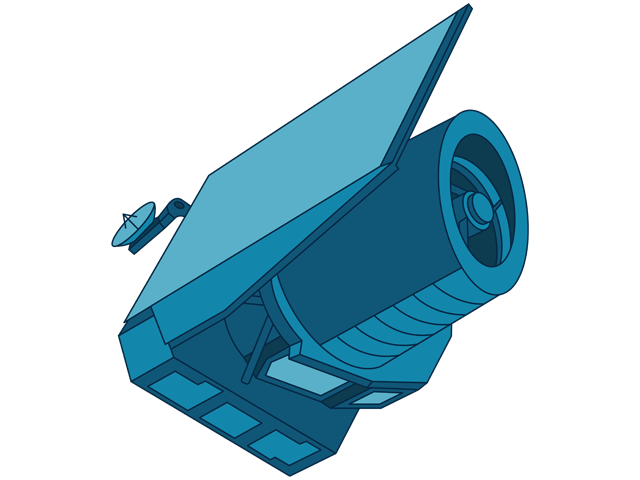
Euclid
ESA's (European Space Agency) Euclid mission will investigate some of the biggest mysteries in the cosmos. Using two instruments, a Near-Infrared Spectrometer and Photometer with NASA-supplied infrared detectors and a visible-light camera, Euclid will work to understand dark matter and dark energy by measuring the expansion of the universe and the distribution of dark matter over cosmic time.
Launched: July 1, 2023

Fermi Gamma-ray Space Telescope
NASA's Fermi mission observes gamma rays, the most energetic type of light, from extreme cosmic phenomena including gamma-ray bursts, active galaxies, supernova remnants, pulsars, and more. The mission has improved our understanding of dark matter and discovered the Fermi bubbles, two previously unknown massive structures extending above and below the plane of our galaxy, the Milky Way.
Launched: June 11, 2008
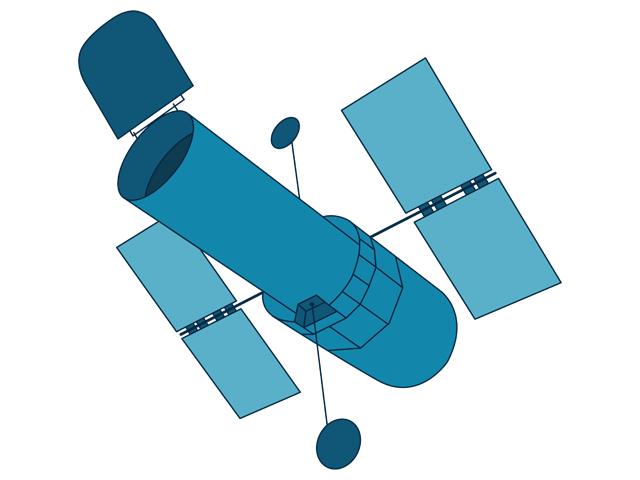
Hubble Space Telescope
NASA’s Hubble mission has revolutionized our view of the universe. One of NASA's Great Observatories, Hubble has peered as far as 13.4 billion light-years away, capturing images of everything from merging galaxies to nebulae where stars are born and much more.
Launched: April 24, 1990
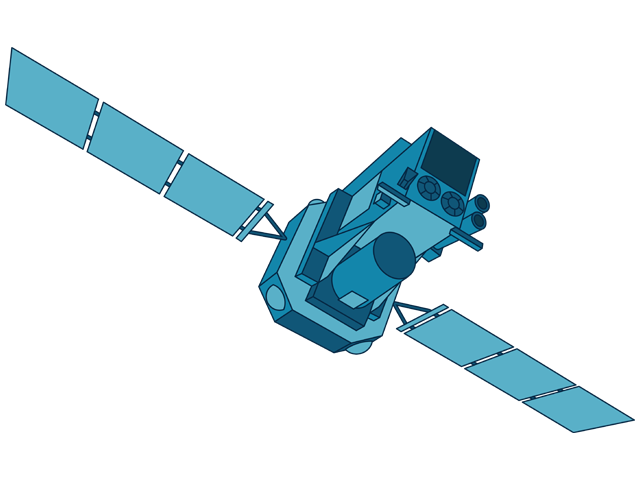
INTEGRAL (International Gamma-Ray Astrophysics Laboratory)
ESA's (European Space Agency) INTEGRAL mission observes the universe in gamma-ray, X-ray, and visible light. It uses spectroscopy and wide-field-of-view imaging to study gamma-ray bursts, supernovae, X-ray binaries, active galaxies, and other phenomena. NASA aided INTEGRAL’s development and supports the U.S. scientific community’s use of the mission.
Launched: October 17, 2002
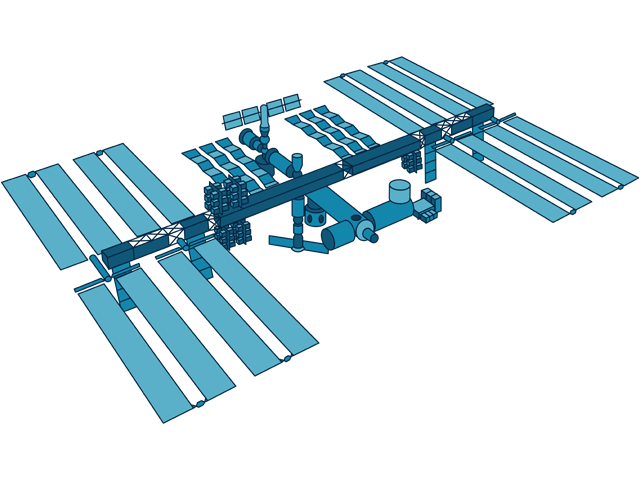
International Space Station
The International Space Station is a microgravity laboratory orbiting Earth which has been continuously occupied by humans since 2000. A collaborative multinational project between NASA, the Japan Aerospace Exploration Agency (JAXA), ESA (European Space Agency), Roscosmos and the Canadian Space Agency (CSA), the space station houses astronauts who work on everything from spacewalks to perform maintenance and upgrades, to scientific research investigations to improve life on Earth.
Launched: November 20, 1998
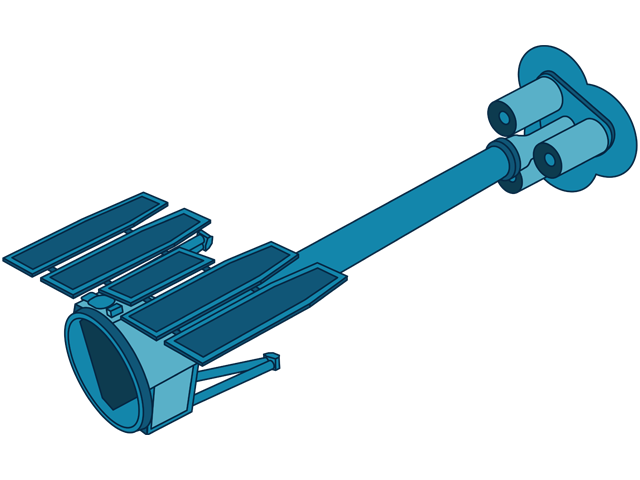
IXPE(Imaging X-ray Polarimetry Explorer)
NASA’s IXPE is a space-based observatory that uses three identical X-ray telescopes to detect polarized X-rays from extreme cosmic objects like black holes, neutron stars, and pulsars.
Launched: December 9, 2021

James Webb Space Telescope
NASA's James Webb Space Telescope is the largest and most powerful observatory ever launched. Webb observes the cosmos in infrared using highly sensitive instruments designed to solve mysteries in our solar system, look beyond to distant worlds around other stars, and detect the first galaxies born after the big bang.
Launched: December 25, 2021
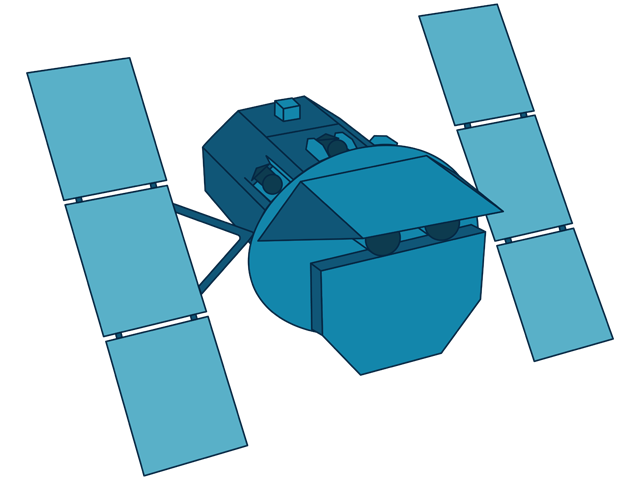
Neil Gehrels Swift Laboratory
NASA’s Swift observatory is a space satellite that studies gamma-ray bursts, the most powerful explosions in the universe, and other cosmic objects and events. Swift houses three multiwavelength telescopes, collecting data in visible, ultraviolet, X-ray, and gamma-ray light.
Launched: November 20, 2004

NICER (Neutron star Interior Composition Explorer)
NASA’s NICER is an X-ray observatory that studies neutron stars and other phenomena from its home aboard the International Space Station. NICER also demonstrated the use of galactic pulsars for the navigation of future deep-space exploration missions.
Launched: June 3, 2017

NuSTAR (Nuclear Spectroscopic Telescope Array)
NASA’s NuSTAR is a space-based telescope that detects high-energy X-rays. With NuSTAR, scientists observe and investigate some of the hottest, densest, and most energetic objects in the universe, like supermassive black holes actively consuming gas and dust, and the remnants of exploded stars.
Launched: June 13, 2012
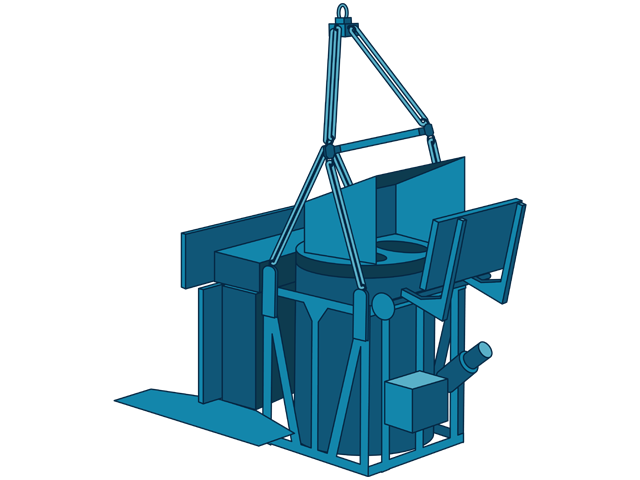
PIPER (Primordial Inflation Polarization Explorer)
NASA’s PIPER is a balloon-borne instrument that measures and studies the polarization of the cosmic microwave background and diffuse interstellar dust. PIPER will map 85% of the sky and enable scientists to look for signs of primordial gravity waves created by the rapid expansion of the universe shortly after the big bang.
Campaigns: 2017, 2019

SPHEREx (The Spectro-Photometer for the History of the Universe, Epoch of Reionization and Ices Explorer)
NASA's SPHEREx mission will map the entire sky in near-infrared wavelengths, observing over 100 million stars in the Milky Way and more than 300 million galaxies. SPHEREx will use a method called spectroscopy to learn about the composition of those objects and measure the distances to other galaxies, creating a 3D map of the cosmos.
Launched: March 11, 2025
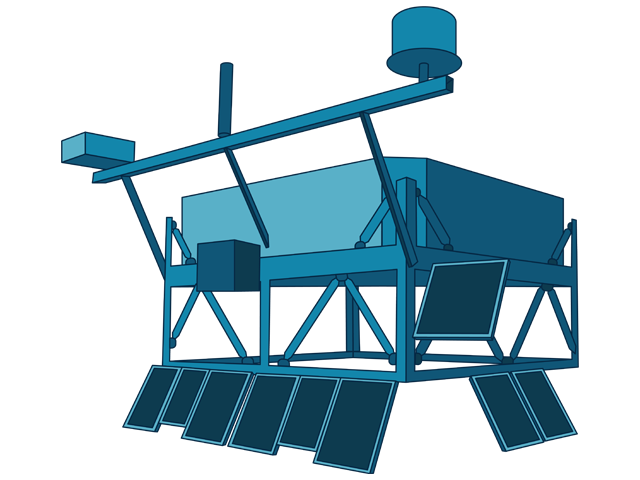
SuperTIGER (Super Trans-Iron Galactic Element Recorder)
NASA’s SuperTIGER is a balloon-borne instrument flown above Antarctica. SuperTIGER detects and measures cosmic rays, high-energy particles and atomic nuclei from beyond our solar system and galaxy that constantly reach the top of Earth’s atmosphere.
Campaigns: 2012, 2019
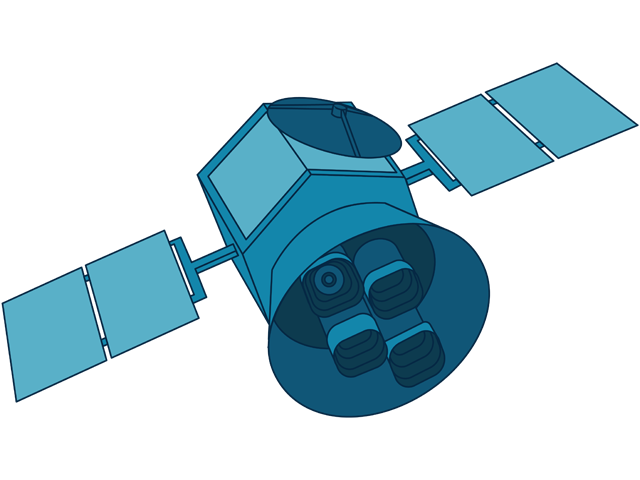
TESS (Transiting Exoplanet Survey Satellite)
NASA’s TESS was designed to detect exoplanets, worlds beyond our solar system. In the course of its extended observations of the sky, TESS also discovers all types of objects that change in brightness, from nearby asteroids to pulsating stars and distant galaxies containing supernovae.
Launched: April 18, 2018

XMM Newton (X-ray Multi-Mirror Mission Newton)
ESA's (European Space Agency) XMM-Newton is a space observatory that uses X-ray and optical/ultraviolet telescopes to study a wide variety of objects, from distant galaxy clusters to solar system planets. NASA provided funding for elements of the instrument package and supports the U.S. scientific community’s usage of XMM-Newton.
Launched: December 10, 1999
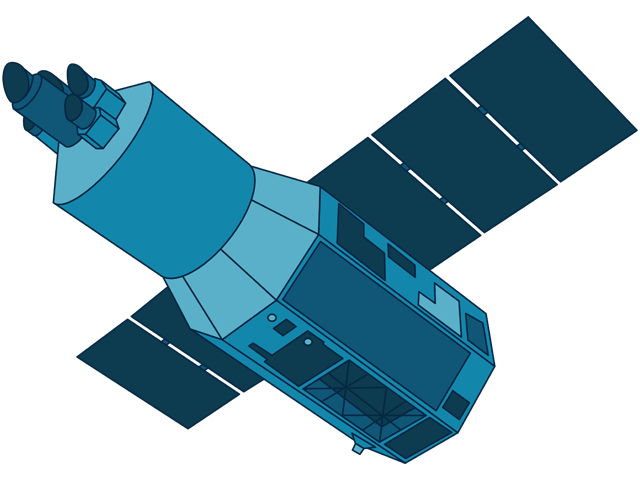
XRISM (X-ray Imaging and Spectroscopy Mission)
NASA is partnering with the Japanese Aerospace Exploration Agency on the XRISM mission to study celestial objects that emit X-rays. The mission will investigate big, cosmic questions like how the largest structures in the universe came to be, what happens to matter under extreme gravitational force, and how high-energy particle jets work.
Launched: September 6, 2023
Future

ASTHROS (Astrophysics Stratospheric Telescope for High Spectral Resolution)
ASTHROS will send a telescope into Earth’s stratosphere using a high-altitude balloon. The telescope will observe far-infrared light, which is blocked by our planet’s atmosphere and thus cannot be observed on the ground. ASTHROS will create 3D maps of interstellar gas, providing new information about stellar feedback, a process that influences the rate of star formation.
Planned launch: TBD

ATHENA (Advanced Telescope for High-ENergy Astrophysics)
ESA's (European Space Agency) ATHENA is an X-ray observatory designed to investigate how ordinary matter assembles into galaxies and galaxy clusters and how black holes grow and influence their surroundings. NASA facilitates the mission’s development through hardware contributions and testing and will support access for the U.S. scientific community.
Planned launch: Early 2030s
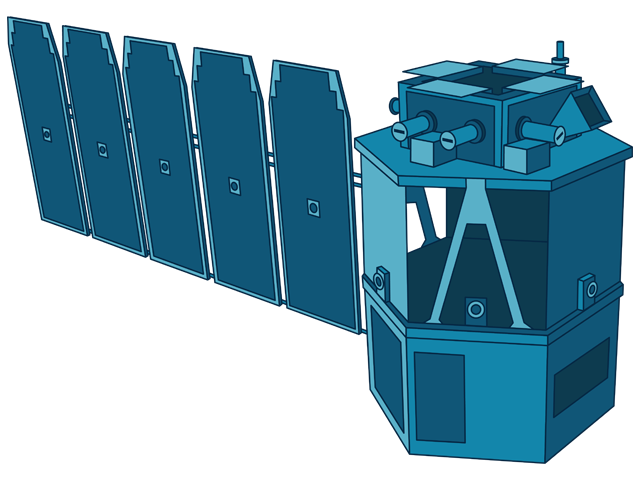
COSI (Compton Spectrometer and Imager)
COSI is a gamma-ray telescope that will study energetic phenomena in the Milky Way and beyond, including the creation and destruction of matter and antimatter and the final stages of the lives of stars.
Planned launch: 2027
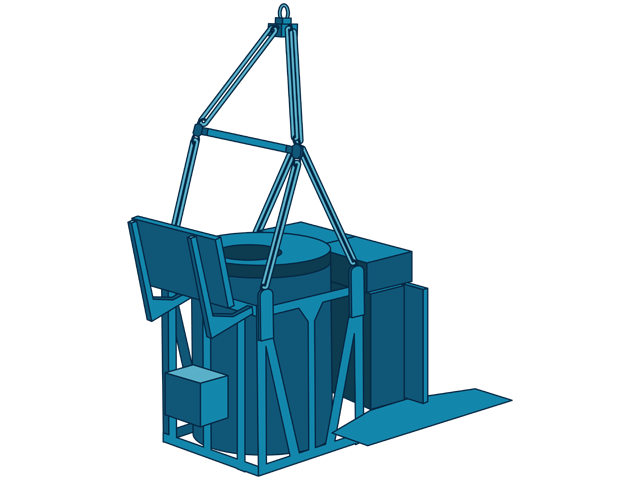
EXCLAIM (Experiment for Cryogenic Large-Aperture Intensity Mapping)
NASA's EXCLAIM is a balloon mission that will loft a far-infrared telescope to the top of Earth's atmosphere to study how stars and galaxies have formed over time and create 3D maps of the universe.
Planned launch: Fall, 2023

LISA (Laser Interferometer Space Antenna)
ESA's (European Space Agency) LISA is a space probe that will detect and measure gravitational waves, ripples in the fabric of space-time caused by astrophysical events such as merging massive black holes.
Planned launch: 2035
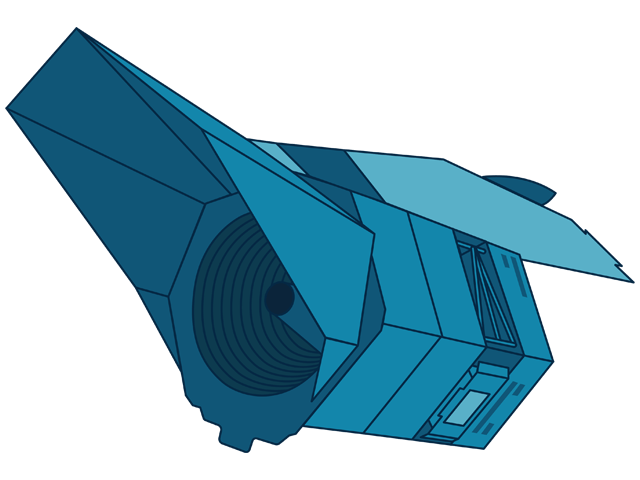
Nancy Grace Roman Space Telescope
NASA’s Roman mission is a wide-field infrared space telescope that will investigate dark energy, far-off exoplanets, the history of the universe, and more. Roman's Wide Field Instrument, its primary instrument, will have a field of view 100 times greater than the Hubble Space Telescope's infrared instrument. Roman's other instrument, the Coronagraph Instrument, will perform spectroscopy and high-contrast imaging of nearby exoplanets.
Planned launch: No later than May 2027
Historical
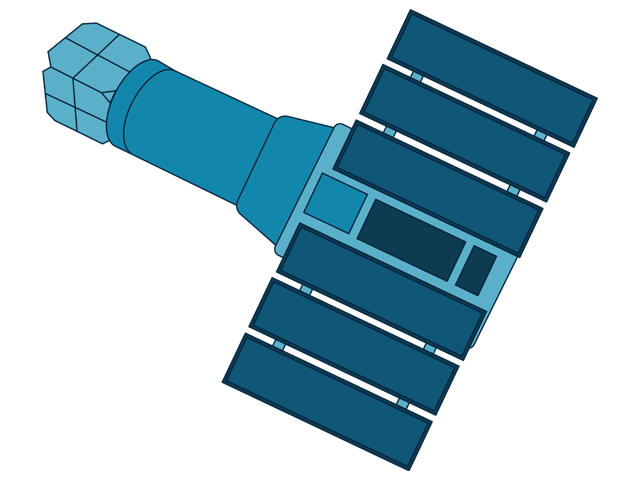
ASCA (Advanced Satellite for Cosmology and Astrophysics)
ASCA was an X-ray astronomy spacecraft that studied distant active galaxies, sources of the cosmic X-ray background, and other phenomena. The mission was developed by the Japanese Institute of Space and Astronautical Science with significant U.S. contributions, including NASA.
Launched: February 20, 1993
Decommissioned: July 15, 2000

BurstCube
BurstCube is a mission under development at NASA’s Goddard Space Flight Center. This CubeSat will increase the sky coverage for short gamma-ray bursts, an important source for studying neutron star mergers in the current era of time domain and multimessenger astronomy.
Deployed : April 18, 2024
Operations ceased: September, 16, 2024
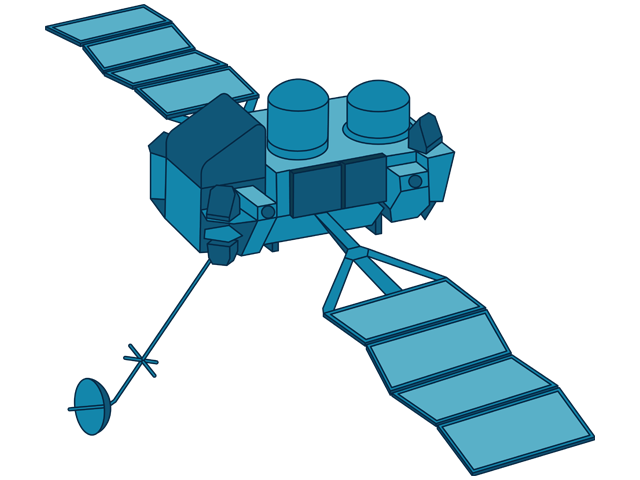
CGRO (Compton Gamma-Ray Observatory)
CGRO mission, one of NASA's Great Observatories, studied the gamma-ray sky using four telescopes that detected different energies. The mission found a class of active galaxies called blazars, mapped the Milky Way’s distribution of a radioactive isotope of aluminum, and hinted at gamma-ray bursts’ cosmological origins, among other discoveries.
Launched: April 5, 1991
Decommissioned: June 4, 2000
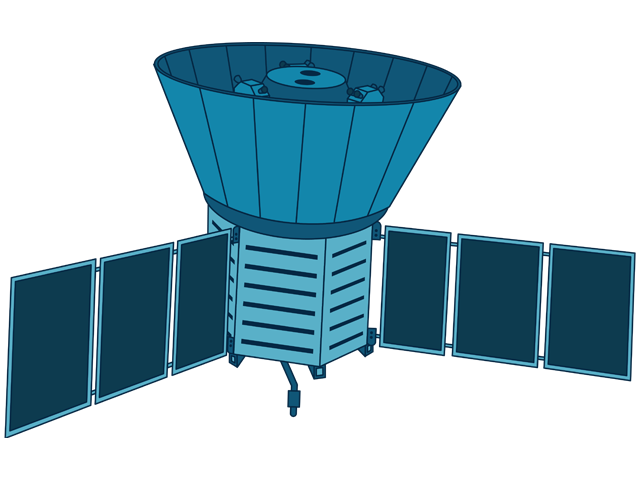
COBE (Cosmic Background Explorer)
NASA’s COBE was a mission that measured and mapped the cosmic microwave background radiation (CMB) left over from the big bang, which is the oldest light in the universe. The mission provided key evidence for the expanding universe theory, also known as the big bang theory, as an explanation for the origins of the universe and refined our understanding of the event and CMB.
Launched: November 18, 1989
Decommissioned: December 23, 1993
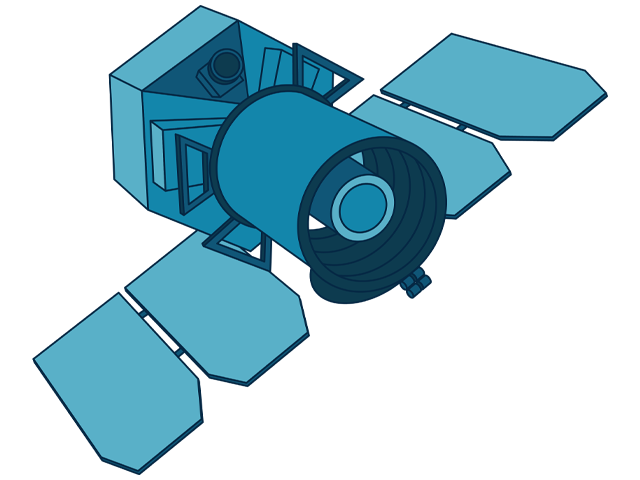
GALEX (Galaxy Evolution Explorer)
NASA’s GALEX was a space telescope that orbited Earth and observed the cosmos in ultraviolet light, performing the first all-sky UV survey and studying star formation throughout the history of the universe.
Launched: April 28, 2003
Decommissioned: June 28, 2013

HaloSat
HaloSat was a CubeSat that studied the mass and shape of the Milky Way's halo, a region around our galaxy filled with hot gas. The mission was led by students and researchers at the University of Iowa with NASA participation.
Launched: May 21, 2018
Decommissioned: September 29, 2020

Hitomi
NASA partnered with the Japan Aerospace Exploration Agency on Hitomi, an X-ray observatory designed to detect radiation ranging from X-rays to gamma rays. Hitomi’s goal was to study cosmic elements from the evolution of the universe to the distribution of dark matter within galaxy clusters.
Launched: February 17, 2016
Operations ceased: March 26, 2016
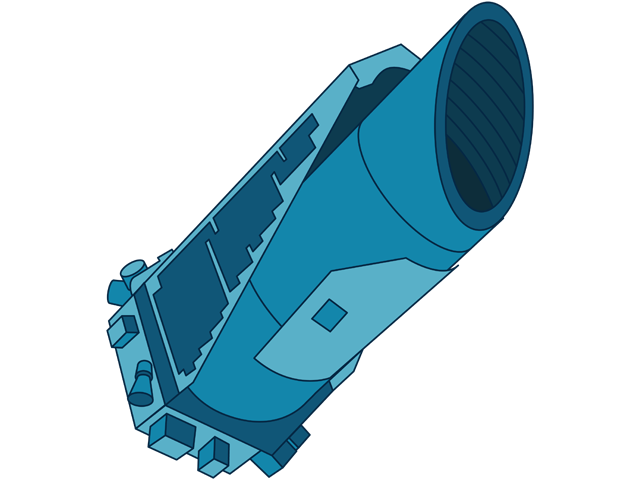
Kepler Space Telescope
NASA’s Kepler was a planet-hunting space telescope designed to discover Earth-size and larger planets orbiting in or near the habitable zones of their stars. Kepler surveyed our neighborhood in the Milky Way galaxy and, throughout its lifetime, observed over half a million stars, enabling the discovery of over 3,200 planets. The Kepler mission revealed that there are more planets than stars in our galaxy.
Launched: March 7, 2009
Decommissioned: October 30, 2018
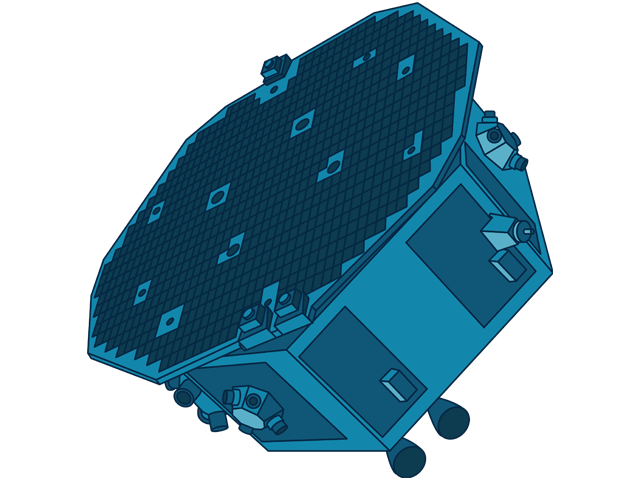
LISA (Laser Interferometer Space Antenna) Pathfinder
ESA's (European Space Agency) LISA Pathfinder spacecraft demonstrated technologies required for LISA, a future space probe designed to detect gravitational waves.
Launched: December 3, 2015
Decommissioned: June 30, 2017
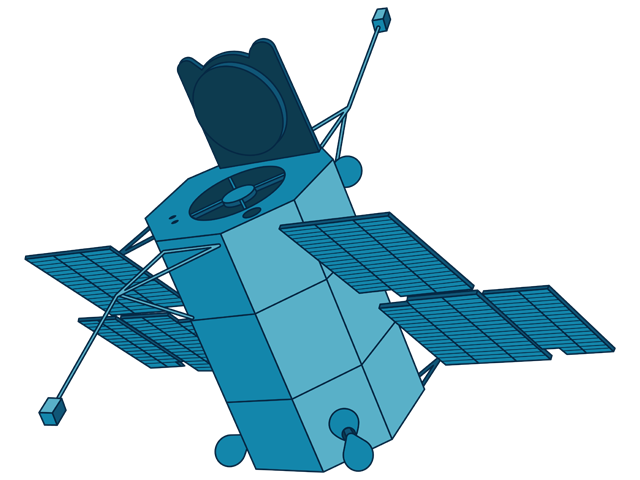
OAO (Orbiting Astronomical Observatory)
NASA’s OAO program was a series of four satellites that launched between 1966 and 1972, two of which were successful. These missions included OAO-2 and OAO-3, the direct ancestors of Hubble, Chandra, Swift, and many other astronomy satellites.
Launched:
OAO 1: April 8, 1966
OAO 2 (Stargazer): December 7, 1968
OAO B: November 30, 1970
OAO 3 (Copernicus): August 21, 1972
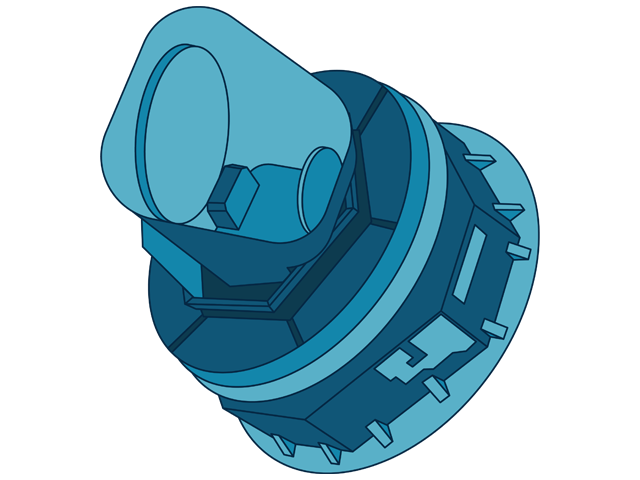
Planck
ESA's (European Space Agency) Planck mission made precise measurements of minuscule variations in the cosmic microwave background, the oldest light in the universe, which was emitted just 380,000 years after the big bang, which took place 13.8 billion years ago.
Launched: May 14, 2009
Decommissioned: October 23, 2013

RXTE (Rossi X-ray Timing Explorer)
NASA’s RXTE satellite collected information about the extreme environments that surround white dwarf stars, neutron stars, black holes, and other objects that emit X-rays.
Launched: December 30, 1995
Decommissioned: January 12, 2012
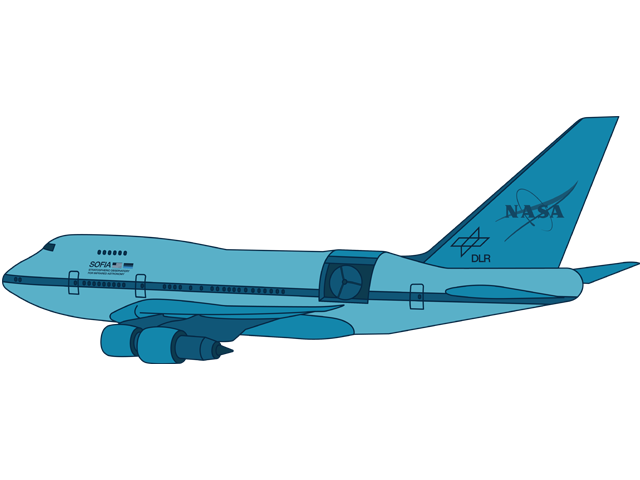
SOFIA (Stratospheric Observatory for Infrared Astronomy)
NASA’s SOFIA was a modified Boeing 747SP aircraft carrying a reflecting telescope that observed the cosmos in infrared light. SOFIA flew into Earth's stratosphere, up to about 45,000 feet (13,700 meters), and collected data during 10-hour overnight flights, observing the Moon, planets, stars, nearby galaxies and more. SOFIA was a joint project of NASA and the German Space Agency at DLR.
First Flight: April 26, 2007
Final Flight: Sept. 28-29, 2022
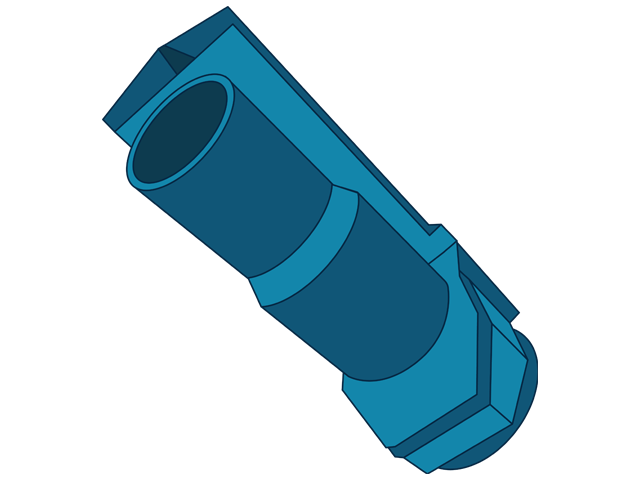
Spitzer Space Telescope
NASA's Spitzer, the fourth and final mission launched as part of NASA's Great Observatories Program, studied the universe in infrared light. Spitzer’s discoveries were enabled by studying a wide range of cosmic targets, including some of the most distant galaxies ever observed, hidden stellar nurseries in our home galaxy, and planets around other stars.
Launched: August 25, 2003
Decommissioned: January 30, 2020
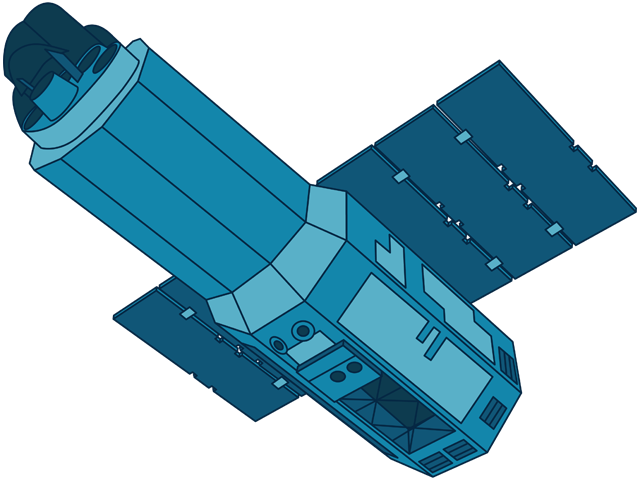
Suzaku
Suzaku was a space satellite that studied sources of high energy X-rays like supernova explosions and black holes. The Japan Aerospace Exploration Agency developed the mission in collaboration with Japanese and U.S. institutions, including NASA.
Launched: July 10, 2005
Decommissioned: September 2, 2015

WISE/NEOWISE (Near-Earth Object Wide-field Infrared survey Explorer)
NASA's WISE mission mapped the entire sky in infrared light. It discovered the coolest and nearest brown dwarfs (objects that aren’t quite stars and aren’t quite planets), and the most luminous galaxies in the universe. In 2013, it was renamed NEOWISE and was given a new mission to help NASA identify and study near-Earth objects (NEOs), including comets and asteroids, in our planet's neighborhood.
Decommissioned: July 31, 2024
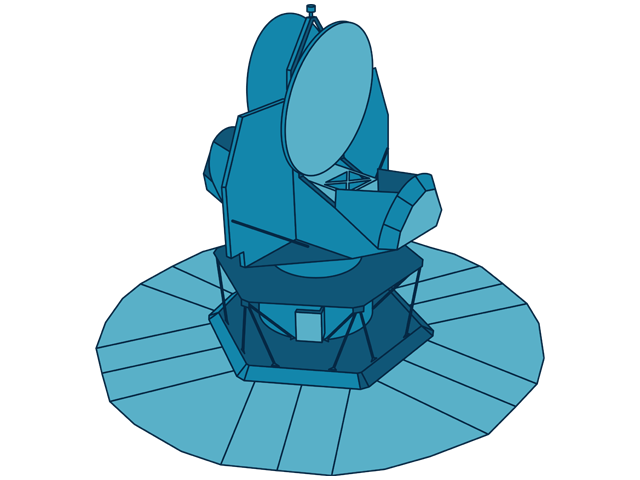
WMAP (Wilkinson Microwave Anisotropy Probe)
NASA's WMAP spacecraft measured temperature differences across the sky in the cosmic microwave background radiation, a remnant of the big bang.
Launched: June 30, 2001
Operations ceased: August 19, 2010














